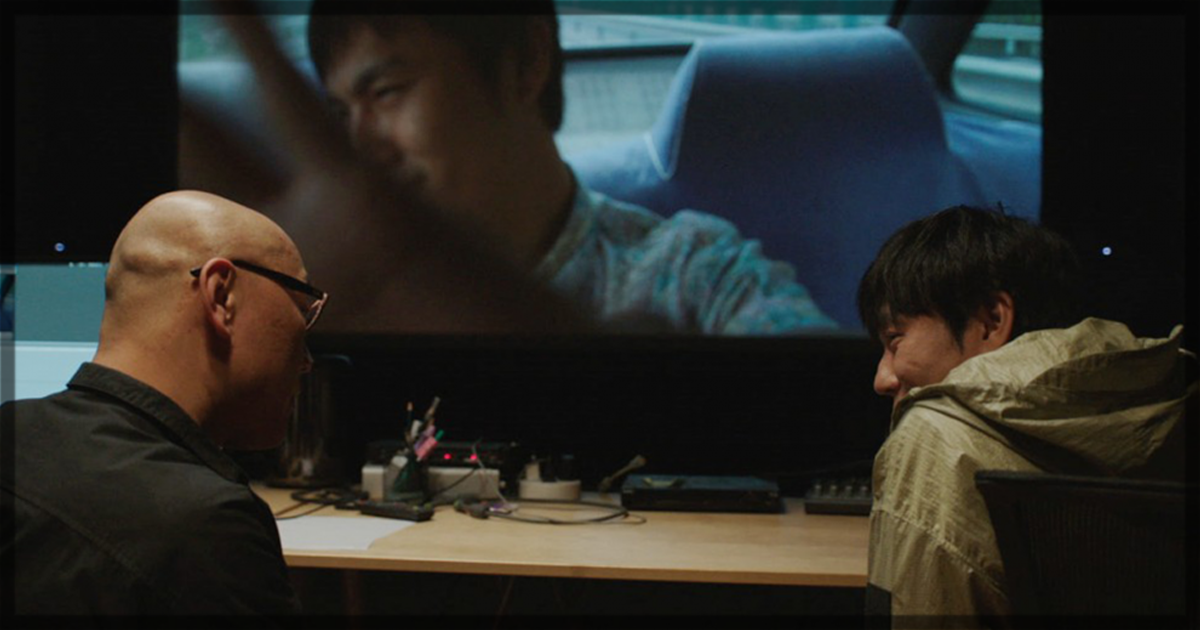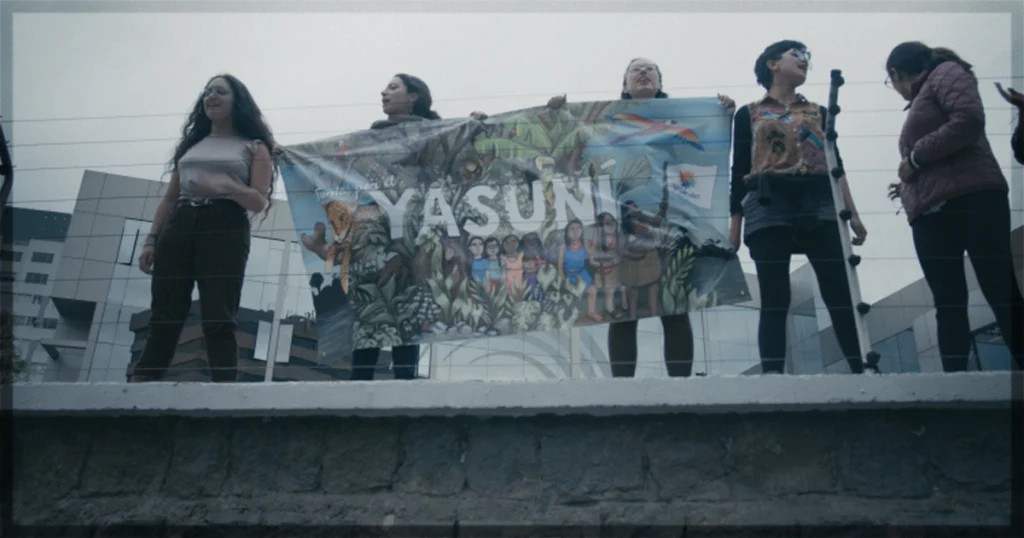The grand Austrian director Michael Haneke famously stated, to paraphrase, that a film is 24 lies per second in service of the attempt to find the truth. In this sense, cinema is a mere representation of the reality. This conceptualization allows multiple directors to experiment with the understanding of the verity. The respected Chinese author Lou Ye, known for Suzhou River, Summer Palace, and Spring Fever, presents the thin line between fiction and documentary in film. An Unfinished Film begins in 2019 with documentary footage of the director Xiaorui (Mao Xiaorui) digging files from an old computer. The shooting dates ten years. He analyzes the filming he has of a coming-of-age film about two young men and their homoerotic relationship. The director is nostalgic about the first ever film he produced, but he never got to finish.
He decides to finish the film and calls his lead actor, Jiang Cheng (Qin Hao). Jiang believes it is not realistic to conclude it because his wife is giving birth soon, and censorship may never sign it to release. Ultimately, he is convinced, and they decide to give it a shot and schedule it for the week before the Chinese New Year. During the pre-shoot at the hotel, rumors spread about a new disease from Wuhan, and the hotel gets locked. Cheng and some crew stay there while they watch the first lockdown unfold. Director Ye constructs a climatic experience of chaos. First, the urgency of completing that work is present, even though a central figure, Jiang, opposes it. Additionally, the principal conflict develops in the logistics of leaving the hotel and comprehending what is happening. The director utilizes a faux-hybrid artifice to propel his narrative and the story’s emotional peaks.
Structurally, Ye separates in two different narrative blocks. Firstly, the re-discovery of the 2009 film and the necessity of finishing it. It brings fascinating discussions on the essentiality of producing art. Jiang inflicts a reflection on whether the film has a purpose in reaching the audience, which he does not believe in because of the theme and how the censors can block it. In this sense, he questions the motives behind the director’s urgency to conclude it. Is it a mere exercise of satisfying his ego? This brief moment leads to a crucial discussion on artistry. Art does not need to serve a purpose, but when it has an egotistical leaning, is it for an audience or yourself? The artifice of the blend between a realistic approach of the camera and applying the documentary rules provides a sense of reality that empowers the discussion on artistic merits.
However, the second block, the pre-production, and the COVID outbreak lose the dynamism and powerful questioning of the first part. The development of the chaos fascinates its chain of doubts. No one has answers. The production manager has no clue what he is doing, and the cast is afraid of staying the night and getting sick with an unknown disease. The introduction of this dynamic and the dramatic element thrives in the thrill of not understanding what is happening. A feeling similar to what the audience felt when the lockdowns began worldwide. It transports you back to that period. The film solves the drama by discussing China’s severe COVID precautions. Jiang even suffers from rough law enforcement by the local police. Nonetheless, it lacks engagement when the lead character follows a routine. It breaks the fascinating themes of sanitary measures and the thin line between documentary and fiction.
During the quarantine of the crew, Ye blurs the thin line about fiction and reality and reaches his attempt of confusing the audience about the truth It is the segment where he leans toward the fictionality of the moment, coincidentally, when the film lacks more artistic effort to balance with the first part. The director uses video calls to establish Jiang’s only contact with the exterior world. His wife is at their community building with their baby, and he misses the growing up of his daughter. The quarantining at the hotel after the problems of the outbreak is a lowlight of an experiment with form and reality. The lockdown is a clever metaphor to stop the conclusion of An Unfinished Film stuck in a circle. The last minutes return to the production company, and a first cut of the film is presented four years later, in 2023. However, the meta element stays through Lou Ye’s final result of an unfinalized film.
In An Unfinished Film, Lou Ye plays with the limits of non-fiction and fiction while discussing artistry, ego, and sanitary measures in China during the COVID-19 pandemic. When the director abandons the switch between those approaches, it falls to an uneven and formulaic half. However, it does not diminish the impression present in the first half and the discussions on artists and their intentions.
An Unfinished Film is now playing in limited theaters.
Learn more about An Unfinished Film at IMDB.


